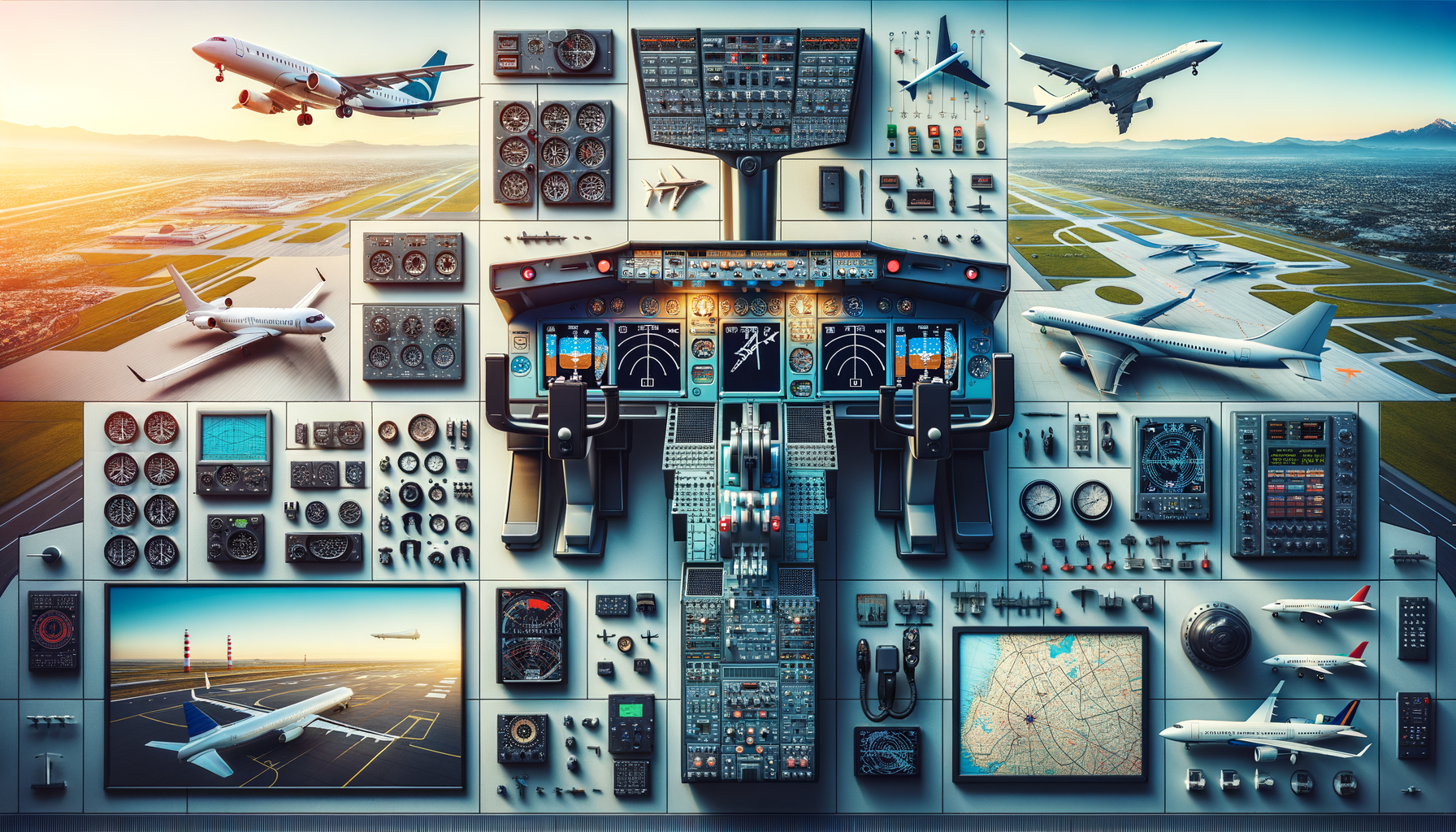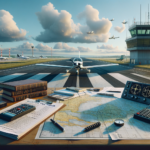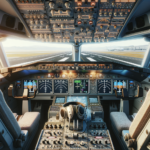Understanding the Basics of Aviation Training
Aviation training is a comprehensive process that equips aspiring pilots and aviation professionals with the necessary skills to operate aircraft safely and efficiently. The training encompasses a wide range of subjects, including aerodynamics, meteorology, navigation, and aviation regulations. Understanding these fundamentals is crucial for anyone entering the aviation industry, as they form the backbone of all flight operations.
The training typically begins with ground school, where students learn about the theoretical aspects of flying. This includes studying the principles of flight, aircraft systems, and emergency procedures. Ground school is essential as it provides the knowledge base that students will need to apply in practical flying scenarios.
Once the theoretical knowledge is acquired, students move on to flight training, which involves hands-on experience in the cockpit. This stage is where students apply their classroom learning to real-world flying situations, under the guidance of experienced flight instructors. The combination of ground school and flight training ensures that students are well-prepared to handle the complexities of flying.
The Role of Technology in Modern Aviation Training
Technology plays a pivotal role in modern aviation training, enhancing the learning experience and ensuring that trainees are well-prepared for the demands of the aviation industry. Flight simulators, for instance, have become an integral part of training programs, allowing students to practice flying in a controlled environment without the risks associated with actual flight.
These simulators replicate real-life flying conditions, providing students with the opportunity to experience different scenarios, such as adverse weather conditions or mechanical failures, without leaving the ground. This not only improves their problem-solving skills but also builds their confidence in handling unexpected situations.
Moreover, advancements in virtual reality (VR) and augmented reality (AR) are further transforming aviation training. These technologies offer immersive experiences that can simulate various aspects of flight operations, from pre-flight checks to in-flight emergencies. By integrating technology into training programs, aviation schools can offer a more comprehensive and realistic learning experience.
The Importance of Continuous Learning in Aviation
Aviation is a dynamic field that constantly evolves with new technologies and regulations. As such, continuous learning is crucial for aviation professionals to stay updated with the latest advancements and maintain their proficiency. This ongoing education ensures that pilots and other aviation personnel can adapt to changes in the industry and continue to operate safely and efficiently.
Many aviation organizations offer recurrent training programs that allow professionals to refresh their skills and knowledge. These programs often include updates on new regulations, advancements in aircraft technology, and best practices for safety and efficiency. By participating in these programs, aviation professionals can ensure they remain at the forefront of the industry.
Additionally, continuous learning fosters a culture of safety within the aviation industry. By prioritizing education and training, aviation professionals can minimize risks and enhance the overall safety of flight operations. This commitment to learning not only benefits the individuals involved but also contributes to the safety and reliability of the aviation industry as a whole.








